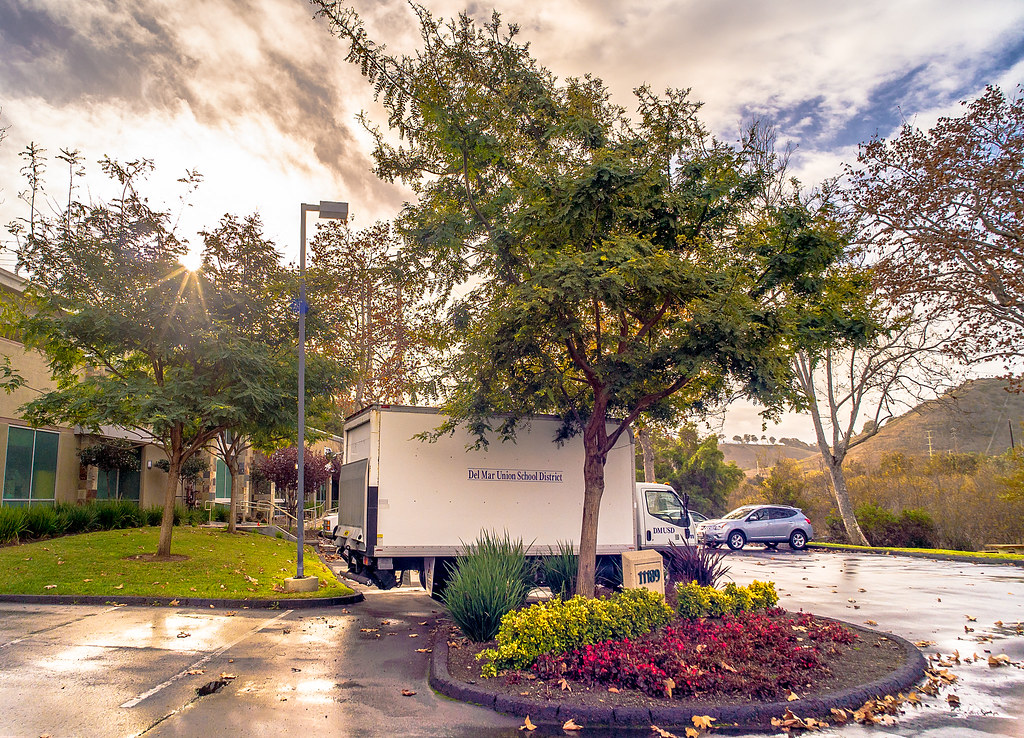Benjamin Marks
Veteran
The only reason I take pictures in RAW is to have the ability to change settings in post. WB, camera profile, exposure etc. The captured data in RAW with high end cameras allows the recovery of blown highlights and hidden shadow detail with ease.
Side by side it's very difficult if not impossible to distinguish between a RAW conversion to jpeg and a shot jpeg at normal print sizes and viewing distances.
I've recently started using RAW+Jpeg for ease of viewing on others laptops who do not have converters.
+1 100% - This is exactly my thinking and my practice. I used to switch to JPG if I was running out of space on a card and I could get more shots, but otherwise this is how I >ahem< roll. With SD cards at the size they are now, I don't really ever run out of space any more.
Recently I read something on TOP about a JPG challenge or somesuch. Maybe it was Ken Tanaka's piece about the Olympus. I tried it for a couple of days, but the first time I had a blown highlight that I couldn't recover I was back to RAW only.
Let's face it, there are not unlimited hours in the day for these sorts of choices. I just choose RAW and leave the settings unchanged for months at a time.
Ben



